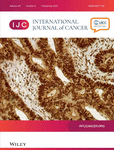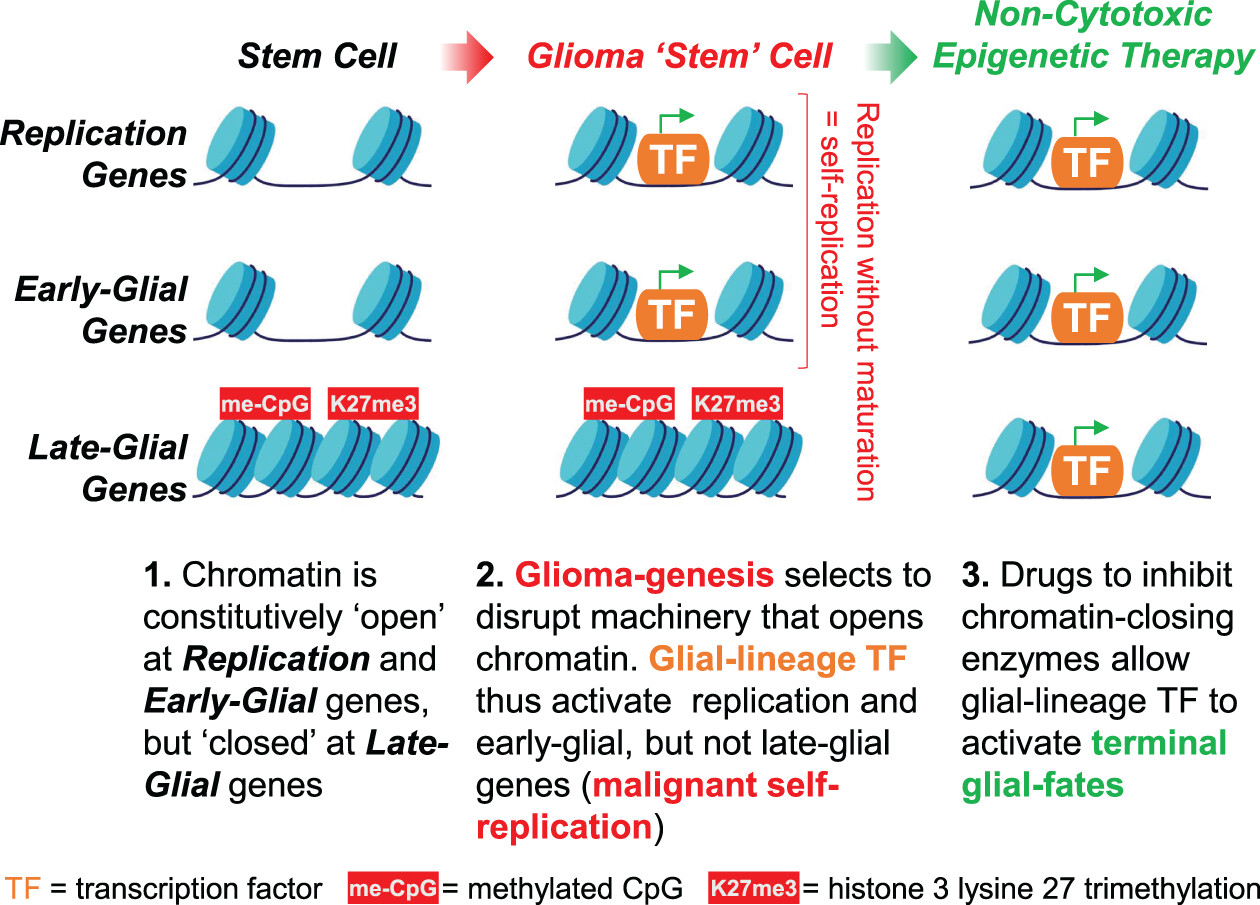Journal list menu
Export Citations
Download PDFs
ISSUE INFORMATION
INVITED REVIEW
Changing paradigms in oncology: Toward noncytotoxic treatments for advanced gliomas
- Pages: 1431-1446
- First Published: 23 May 2022
CANCER EPIDEMIOLOGY
Global and national trends in the age-specific sex ratio of esophageal cancer and gastric cancer by subtype
- Pages: 1447-1461
- First Published: 09 June 2022
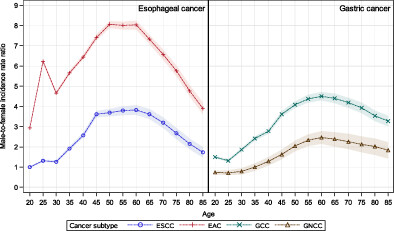
What's new?
Marked differences exist between men and women in the incidence of esophageal and gastric cancers. These disparities, however, are not explained solely by variances between the sexes in the distribution of major risk factors, suggesting that other factors are involved. Here, investigation of esophageal and gastric cancer incidence in 54 countries worldwide reveals consistent male predominance in the incidence of these malignancies. The ratio of male-to-female incidence increased through life, peaking at ages 60-64 and declining thereafter. The findings warrant further investigation to identify mechanisms underlying age-related changes in risk and possible shared etiologies of esophageal and gastric cancers.
Combined risk factors and risk of upper gastrointestinal cancer mortality in the Linxian general population
- Pages: 1462-1473
- First Published: 11 June 2022
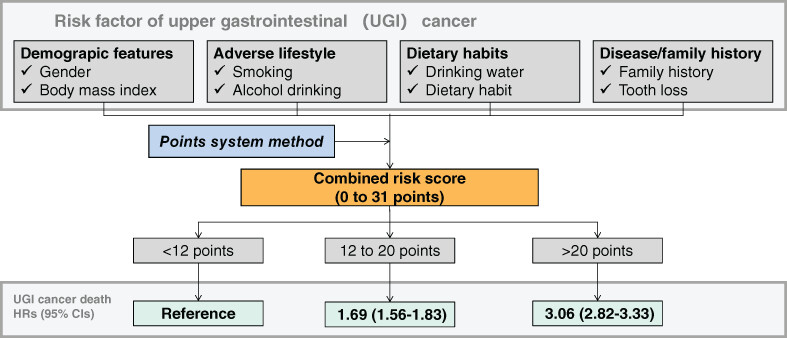
What's new?
Identifying individuals who are at high risk of upper gastrointestinal cancer could help reduce the disease burden. In this large-scale prospective cohort study in a high-incidence region in China, a combined risk score was calculated based on 10 risk factors including gender, smoking, alcohol drinking, body mass index, family history of upper gastrointestinal cancer, drinking tap water, tooth loss and consumption of fresh fruit, eggs and meat. A higher combined risk score was found to be associated with increased risk of upper gastrointestinal cancer mortality. The findings support measures for reducing unhealthy lifestyles in high-risk areas of upper gastrointestinal cancer.
Global patterns of non-Hodgkin lymphoma in 2020
- Pages: 1474-1481
- First Published: 13 June 2022
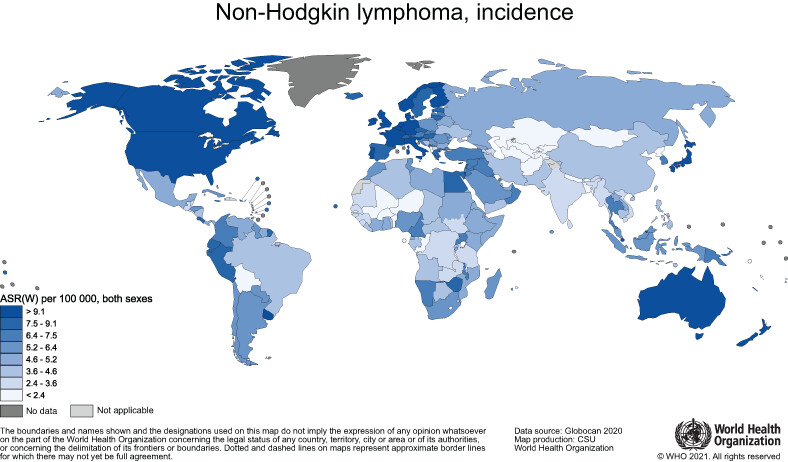
What's new?
Non-Hodgkin lymphoma (NHL) is a highly treatable, potentially curable group of malignancies. To ensure equitable access to care, particularly in low- and middle-income countries (LMICs), a deeper understanding of the global burden of NHL is needed. The present analysis, drawing on GLOBOCAN estimates, shows that in 2020 alone some 544 000 new NHL cases were diagnosed and approximately 260 000 deaths from NHL occurred worldwide. Incidence was highest in Western countries, while regions of Africa, Western Asia and Oceania experienced high mortality. The observed variation in NHL burden facilitates the identification of LMIC regions in greatest need for improved access to care.
Low apolipoprotein A1 was associated with increased risk of cancer mortality in patients following percutaneous coronary intervention: A 10-year follow-up study
- Pages: 1482-1490
- First Published: 15 June 2022
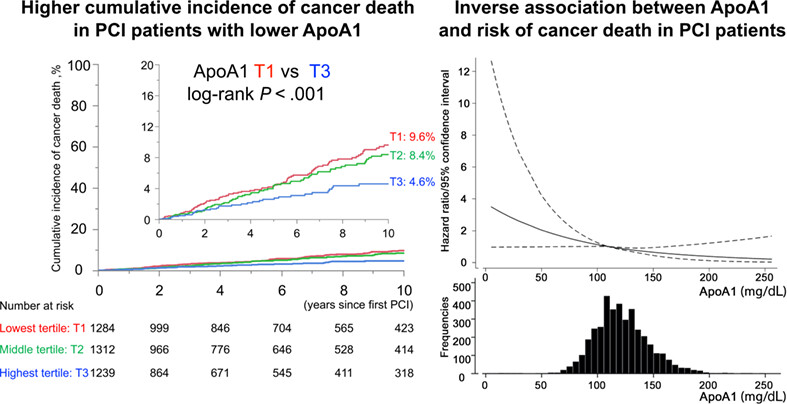
What's new?
Cancer mortality has become one of the major clinical concerns in patients undergoing percutaneous coronary intervention (PCI). Apolipoprotein A plays a central role in the antiatherosclerotic effects of high-density lipoprotein cholesterol and is also associated with reduced incidence of cancer and cancer mortality in the general population. The present study demonstrates that reduced preprocedural apolipoprotein A1 level is independently associated with increased risk of total and gastrointestinal cancer mortality following PCI. The findings indicate that serum apolipoprotein A1 level could be a useful prognostic indicator of cancer mortality in patients undergoing PCI.
The influence of postscreening follow-up time and participant characteristics on estimates of overdiagnosis from lung cancer screening trials
- Pages: 1491-1501
- First Published: 15 June 2022
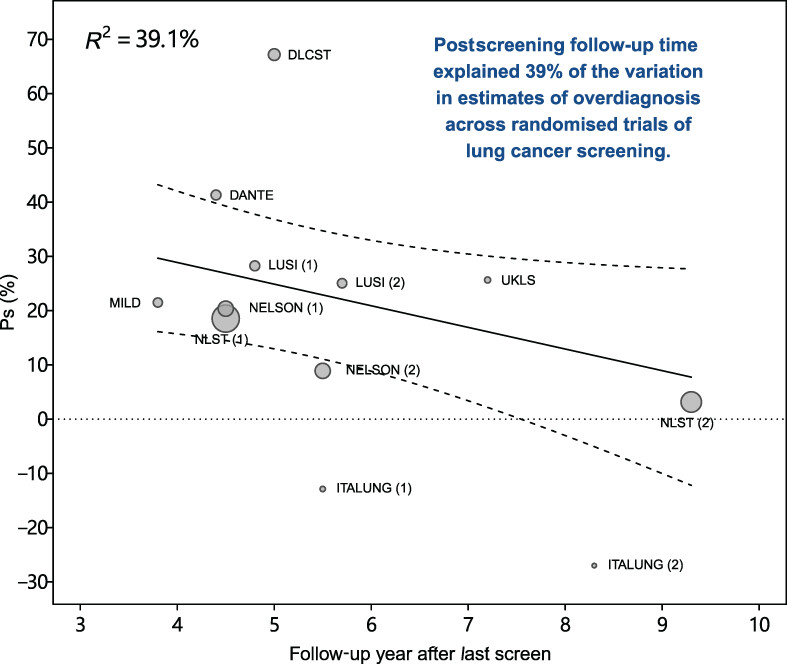
What's new?
Estimates of the magnitude of overdiagnosis of lung cancer from low-dose computed tomography (LDCT) vary greatly, raising questions about whether the benefits of LDCT for lung cancer screening outweigh potential risks. This systematic review of randomised controlled trials of LDCT in lung cancer screening shows that 39% of variation in estimates of overdiagnosis is associated with postscreening follow-up time. Estimates of overdiagnosis differed by population characteristics, and over time, trends in incidence varied by histological type. By facilitating a more nuanced understanding of overdiagnosis, the findings could help enable more effective communication with patients about screening benefits and harms.
COVID-19 outbreak in Lombardy: Impact on reducing solid cancer diagnoses in 2020
- Pages: 1502-1511
- First Published: 15 June 2022
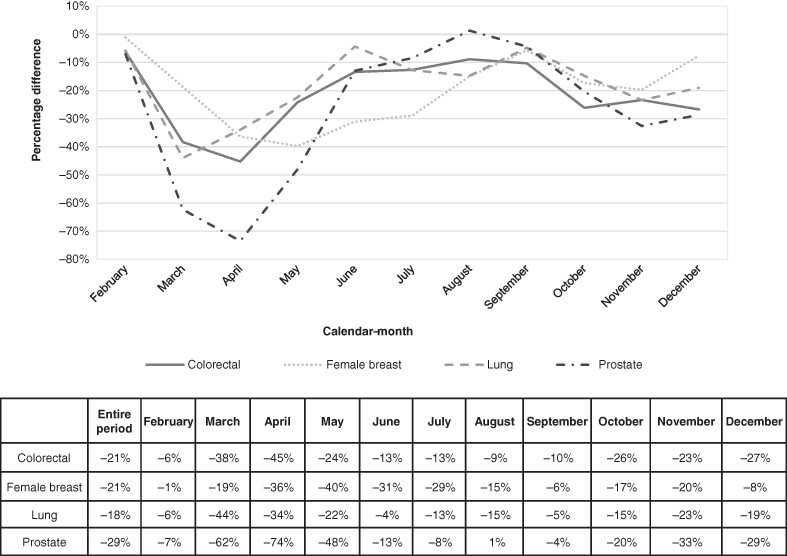
What's new?
The impact of COVID-19 restrictions on cancer diagnosis and treatment has become a widespread source of concern. This population-based study reports a persisting decline in new cancer diagnoses during 2020 compared to pre-pandemic levels and a reduction in localised-stage cancer diagnoses for female breast, lung, prostate and colorectal cancer. Moreover, our study reveals inequalities across cancer patient groups, with males and patients over 74 being more negatively impacted by the COVID-19 pandemic. Timely monitoring of cancer diagnoses and interventions to prevent disruption of routine diagnostic services are needed to mitigate the impact of public health emergencies on cancer patients.
Long-term survival of nonlocalized epithelial ovarian cancer among women using menopausal hormone therapy prior to diagnosis: The extreme study
- Pages: 1512-1522
- First Published: 18 June 2022
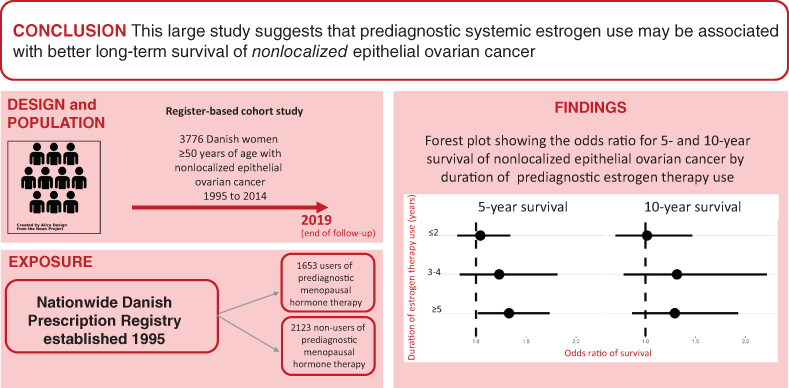
What's new?
Prediagnostic use of menopausal hormone therapy has been suggested to improve survival in epithelial ovarian cancer. However, studies that explore the influence of menopausal hormone therapy on longer-term survival in women with nonlocalized disease are warranted. In this cohort study of 3776 women aged 50 years or older with nonlocalized epithelial ovarian cancer using high-quality register-based exposure information, the 5- and 10-year survival probabilities among nonusers of prediagnostic menopausal hormone therapy were 19% and 11%, respectively. Compared with nonusers, long-term survival seemed to be better among long-term users of prediagnostic menopausal hormone therapy, particularly estrogen therapy.
Adherence to a healthy lifestyle in relation to colorectal cancer incidence and all-cause mortality after endoscopic polypectomy: A prospective study in three U.S. cohorts
- Pages: 1523-1534
- First Published: 18 June 2022
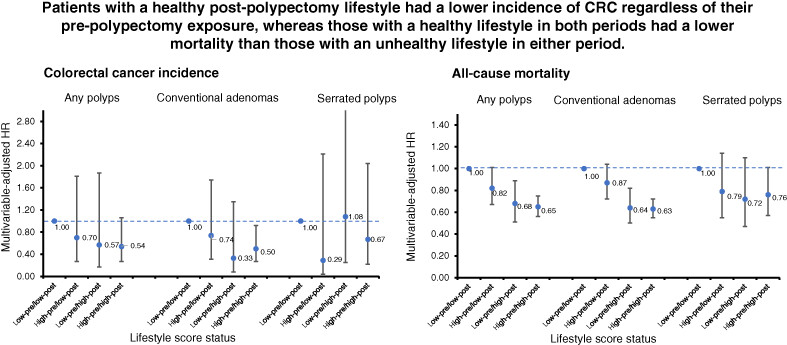
What's new?
Lifestyle modifications play an essential role in colorectal cancer prevention. However, it remains unclear whether this prevention strategy remains beneficial following polyp removal. This prospective study in patients who underwent colorectal endoscopic polypectomy indicates that greater adherence to an overall healthy lifestyle consisting of nonsmoking, a high-quality diet, moderate-to-vigorous physical activity, a healthy body mass index and none-to-moderation alcohol consumption is associated with lower risk of colorectal cancer and all-cause mortality. These results suggest that lifestyle modifications remain important for colorectal cancer prevention and health improvement even among patients who have developed and been resected with precursor lesions.
Short Report
Ovarian cancer today and tomorrow: A global assessment by world region and Human Development Index using GLOBOCAN 2020
- Pages: 1535-1541
- First Published: 23 March 2022
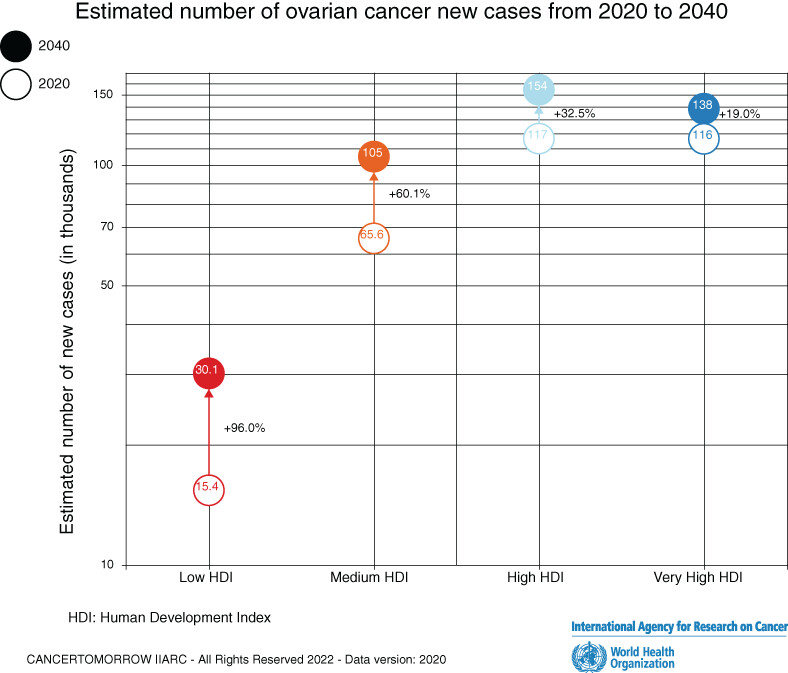
What's new?
Despite gradual declines in ovarian cancer incidence in many populations, countries with transitioning economies still suffer relatively high incidence rates. Variations in incidence, along with generally poor prognosis globally, warrants ongoing surveillance of ovarian cancer. The present assessment of GLOBOCAN 2020 data exposes marked differences in incidence between countries with very high Human Development Index (HDI) and those with low HDI, whereas mortality rates were more uniform. Estimates indicate that low HDI countries will experience a 100 percent increase in ovarian cancer burden by 2040. Disparities in global ovarian cancer burden may be attributed to inequalities in cancer care access.
CANCER GENETICS AND EPIGENETICS
Genetic and methylation profiles distinguish benign, malignant and spitzoid melanocytic tumors
- Pages: 1542-1554
- First Published: 23 June 2022
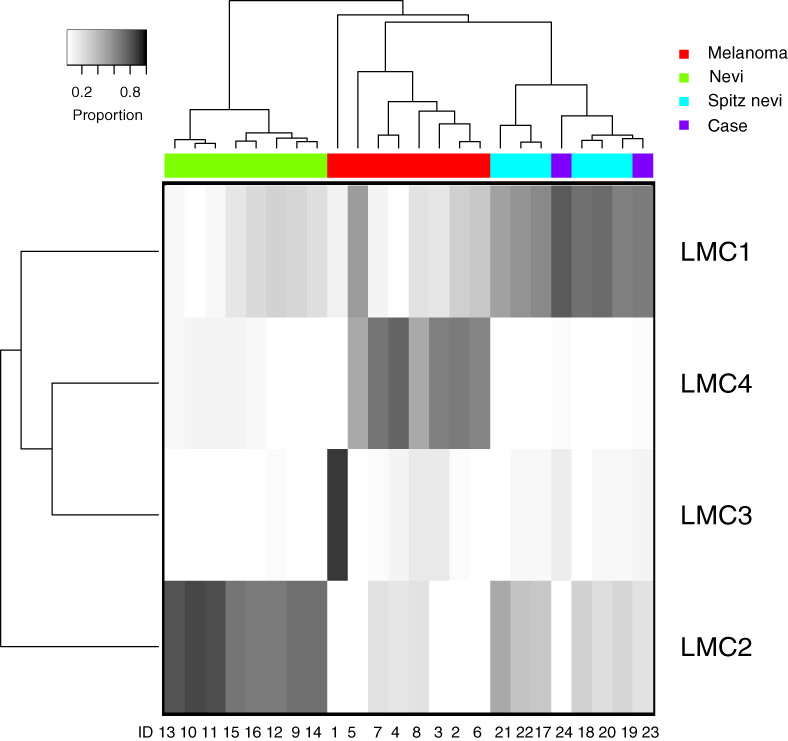
What's new?
Most melanocytic lesions can be accurately classified and diagnosed by clinical and pathological examination, but some lesions are very challenging to assess. Here, the authors used DNA sequencing and methylation analysis to characterise various types of melanocytic lesions, including nevi, melanomas, Spitz nevi and atypical spitzoid tumors. They found that Spitz nevi had a distinctive genetic and epigenetic profile compared to melanomas and nevi. These techniques also showed promise for diagnosing atypical spitzoid tumors, which are difficult to classify histologically.
CANCER THERAPY AND PREVENTION
The addition of oral iron improves chemotherapy-induced anemia in patients receiving erythropoiesis-stimulating agents
- Pages: 1555-1564
- First Published: 31 May 2022
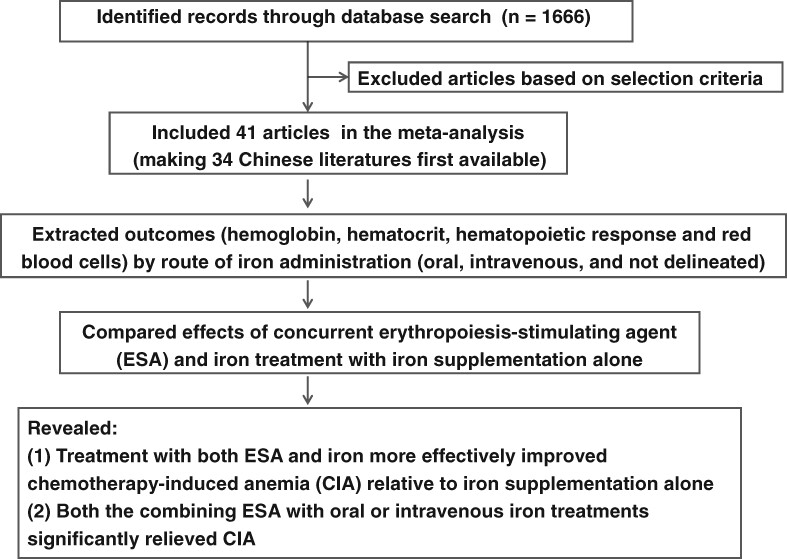
What's new?
Chemotherapy-induced anemia is a common event among cancer patients, and it is generally treated with oral or intravenous iron supplementation as well as erythropoiesis-stimulating agents. Here, the authors analyzed the literature, both in English and Chinese, to assess the effectiveness of these treatments. They identified 41 trials, involving 4200 patients, and showed that treatment with both ESA and iron more effectively improved anemia compared to iron supplementation alone. This is the first analysis that incorporates the Chinese literature on this subject, substantially increasing the number of trials available.
A phase I/II study of ivaltinostat combined with gemcitabine and erlotinib in patients with untreated locally advanced or metastatic pancreatic adenocarcinoma
- Pages: 1565-1577
- First Published: 03 June 2022
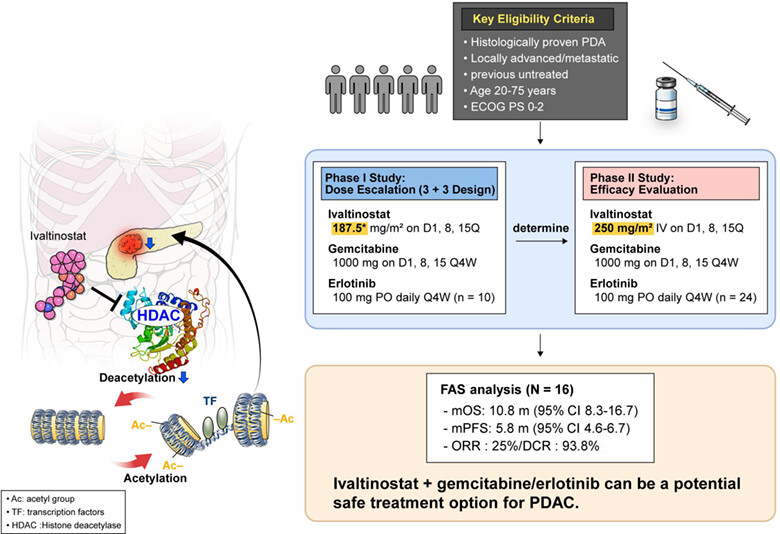
What's new?
Histone deacetylase inhibitors (HDACi) are approved for use as anticancer drugs for a range of tumors. While no clinical trials have evaluated HDACi efficacy in pancreatic ductal adenocarcinoma (PDAC), the novel intravenous HDACi ivaltinostat appears to exert a synergistic anticancer effect in PDAC cells with gemcitabine/erlotinib combinations in vitro and in vivo. This phase I/II prospective single-arm study suggests that ivaltinostat combined with gemcitabine/erlotinib may represent a potential treatment option with an acceptable safety profile for advanced pancreatic ductal adenocarcinoma. Moreover, the results point to potential blood markers that could help predict responses to ivaltinostat treatment.
Evaluation of FAM19A4/miR124-2 methylation performance in the management of CIN3 diagnosed pregnant women
- Pages: 1578-1585
- First Published: 06 June 2022
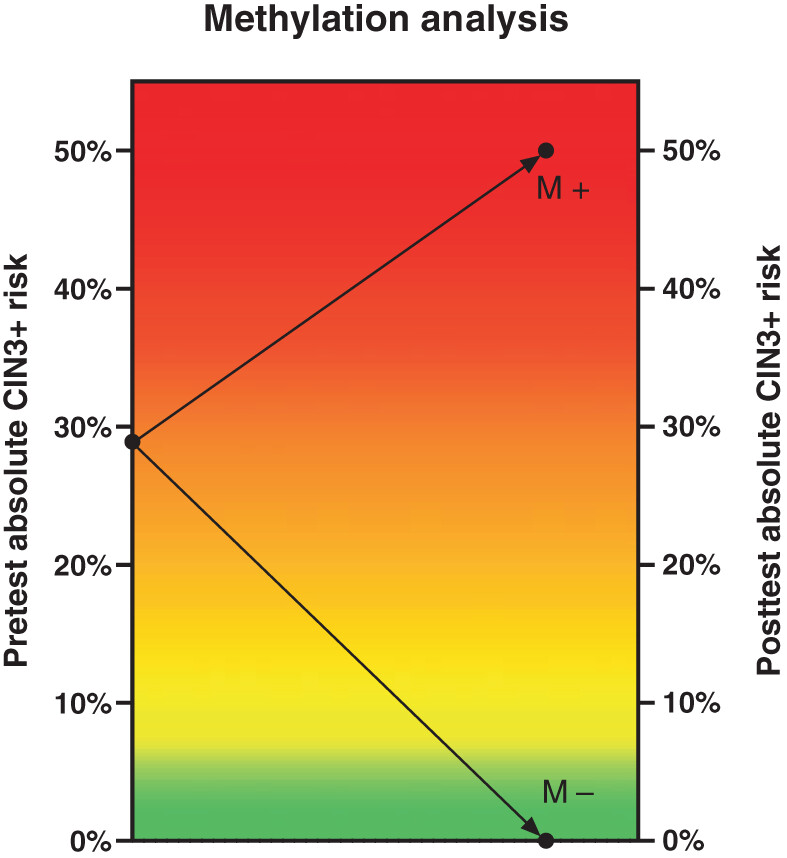
What's new?
Pregnant women with cervical intraepithelial neoplasia grade 3 (CIN3) area big challange to the gynecologists in order to find an individual treatment that does no harm to neither the woman nor her unborn child. This study shows that a negative FAM19A4/miR124-2 methylation test can rule out progressive CIN3 and cervical cancer and that a negative FMA19A4/miR124-2 test can help the clinician safely managing these pregnant women with conservative follow-up until after delivery.
Targeting euchromatic histone lysine methyltransferases sensitizes colorectal cancer to histone deacetylase inhibitors
- Pages: 1586-1601
- First Published: 06 June 2022
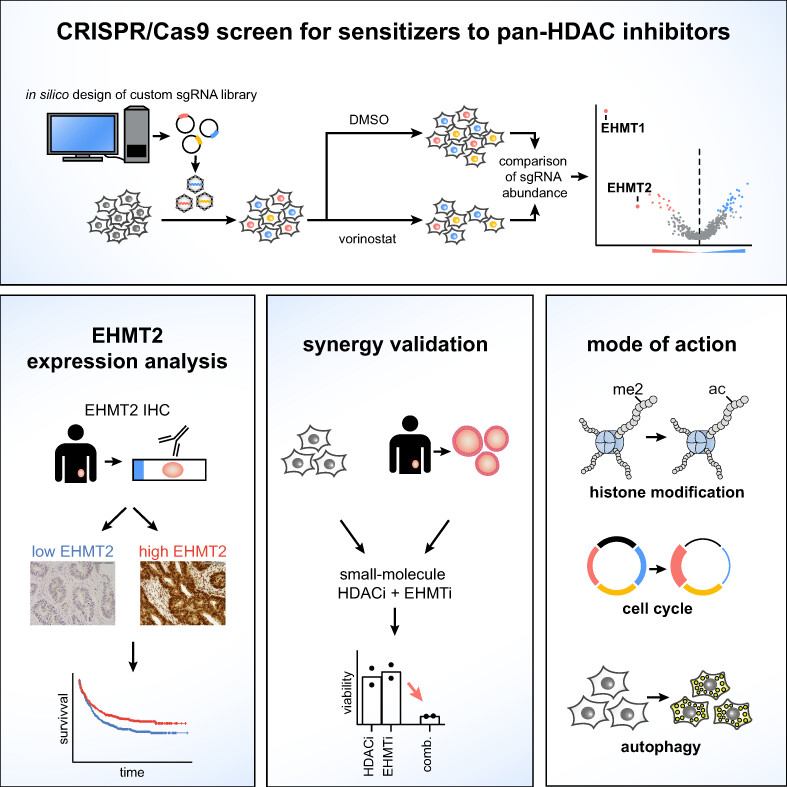
What's new?
Histone deacetylase (HDAC) inhibitors have limited efficacy in colorectal cancer; however, drug combinations have been suggested as a promising approach to improve their antineoplastic activity. Here, exploiting the concept of synthetic lethality with CRISPR-Cas9 screens, the authors identify euchromatic histone-lysine N-methyltransferases 1 and 2 (EHMT1/2) as epigenetic targets that strongly sensitize colorectal cancer cells to treatment with HDAC inhibitors. They show in different colorectal cancer models that combinations of HDAC and EHMT1/2 inhibitors synergistically inhibit proliferation through distinct cellular mechanisms. This combination of two epigenetically active agents provides a novel treatment strategy for colorectal cancer.
INNOVATIVE TOOLS AND METHODS
A hybrid design for dose-finding oncology clinical trials
- Pages: 1602-1610
- First Published: 08 July 2022

What's new?
For novel cancer therapeutics, identifying the maximum tolerated dose (MTD) and the ideal dose for Phase II clinical trials are major goals of Phase I dose-finding studies. Here, to better optimize dose selection, the authors present a hybrid approach to making dose estimates based on mode-assisted design and a dose-toxicity model. In a real trial example and simulation scenarios, the hybrid design limited the risk of overdosing toxicity and, owing to calibration for an intermediate dose, yielded a recommend dose more on par with true MTD. The results highlight the utility of the hybrid design for Phase I dose-finding trials.
MOLECULAR CANCER BIOLOGY
Neuronal survival factor VGF promotes chemoresistance and predicts poor prognosis in lung cancers with neuroendocrine feature
- Pages: 1611-1625
- First Published: 28 June 2022
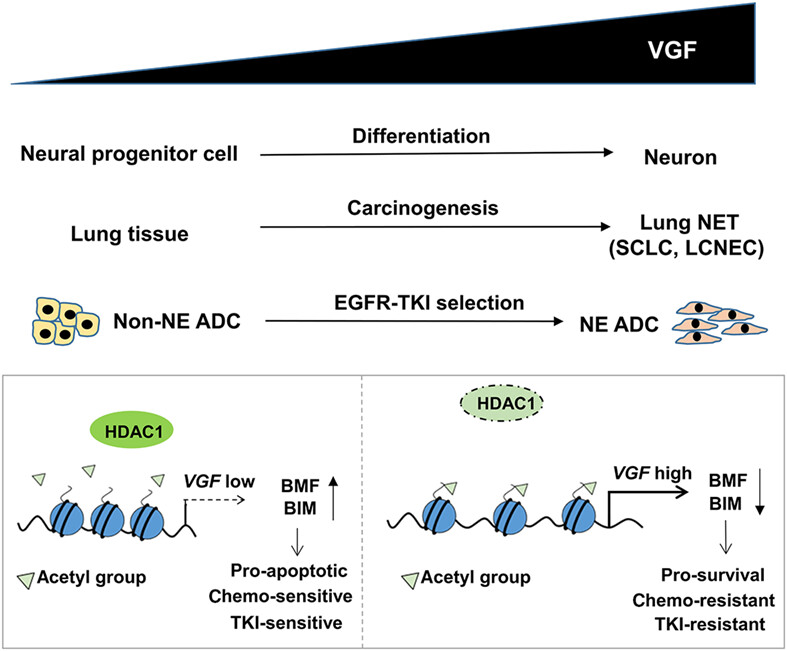
What's new?
Neuronal survival factor VGF is highly expressed in neuroendocrine tissues. However, its biological and clinical significance in lung neuroendocrine tumors is elusive. Our study shows that high VGF expression in neuroendocrine tumors prevents cancer cell apoptosis. VGF is regulated by HDAC1-mediated epigenetic control in lung adenocarcinoma, and silencing VGF decreases tumor growth through enhanced cancer cell apoptosis. High VGF expression leads to resistance to chemotherapy drugs, including epidermal growth factor receptor-tyrosine kinase inhibitors, and predicts poor survival in lung cancer patients. The findings indicate the potential of VGF as a theranostic factor in lung cancer.
TUMOR MARKERS AND SIGNATURES
The prevalence of mismatch repair deficiency in ovarian cancer: A systematic review and meta-analysis
- Pages: 1626-1639
- First Published: 15 June 2022
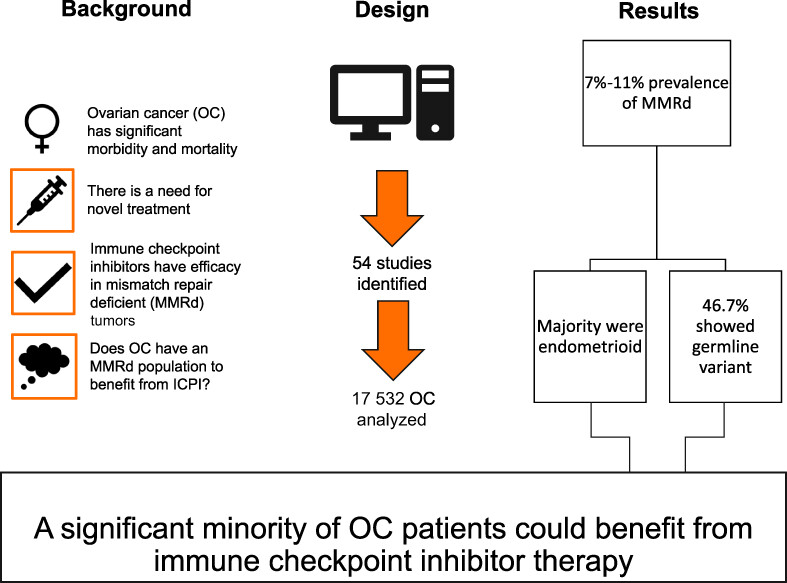
What's new?
Despite gains in ovarian cancer survival, overall prognosis remains poor. Thus, to further improve patient outcomes', efforts are being made to identify cancers amenable to targeted therapeutics. Ovarian cancers with a mismatch repair deficiency (MMRd) phenotype could respond to immotherapy and therefore defining the prevelance of MMRd in ovarian cancer is important. In the present meta-analysis examining the prevalence of MMRd in ovarian cancer we found a significant minority of ovarian cancers are MMRd. MMRd was observed in all histotypes but was more common in endometrioid tumors. Knowledge of MMRd prevalence in ovarian cancer could help guide therapeutic decisions, particularly surrounding the use of checkpoint inhibitors which are most effective in MMRd cancers.
LETTERS TO THE EDITOR
Comments on: Acute aerobic exercise-conditioned serum reduces colon cancer cell proliferation in vitro through interleukin-6-induced regulation of DNA damage
- Pages: 1640-1641
- First Published: 18 June 2022
Reply to “Comments on: Acute aerobic exercise-conditioned serum reduces colon cancer cell proliferation in vitro through interleukin-6-induced regulation of DNA damage”
- Pages: 1642-1643
- First Published: 18 June 2022




